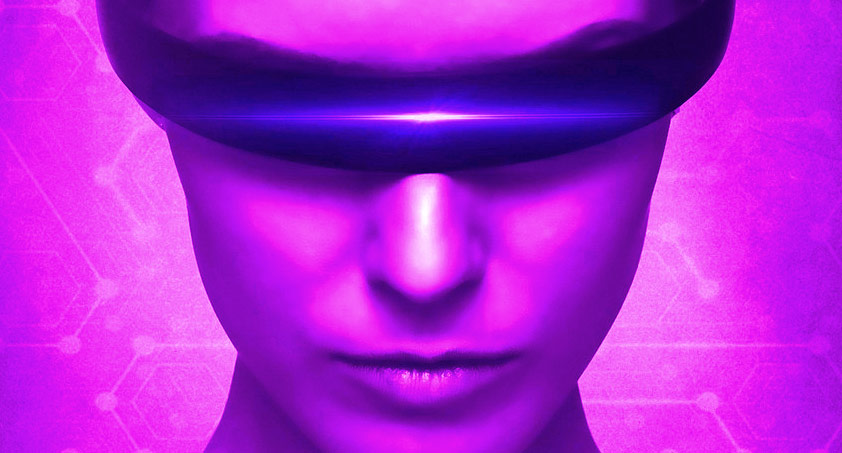Today, there are millions of individuals using virtual reality (VR) in some form or the other. In recent times, this technology is already in use for entertainment, healthcare, education, and several other industries. This would only grow in the years to come. In the near future, you’ll have more realistic graphics, advanced VR headsets, and some incredibly immersive and interactive experiences.
In a very short span of its development, VR has delivered a lot more than you might’ve expected. You can hear people talking about Metaverse, where an individual can enter a virtual environment and interact with communities. One can also build real estate in this space. In the next eight or ten years, you can expect even more dramatic things that are enabled by VR.
Things you can expect by the end of 2030
You might possibly see some unbelievable hardware upgrades by the end of 2030. Virtual reality will reach new levels of evolution with 8K headsets. According to technology experts, 8K resolution would give you clearer images. When this happens, the pixelation you see while observing pictures closely will be eliminated.
A major focus in VR experiences would be on the brain-computer interface. You might possibly control the technology easily by your thoughts. This can be made possible with electronic sensors that will track your brain’s electrical signals. The controllers that you have today might be replaced by headbands and bracelets with built-in sensors.
This may give VR content creators the ability to track your emotional state. Of course, this will be controlled with certain compliance in place, similar to GDPR. By 2030, you’ll probably be experiencing the power of 6G networks. The VR experiences will be astonishingly different. The worlds created with the help of VR will be upgraded and even more detailed.
What you might experience by the mid-21st century
Things will be obviously a lot more advanced towards the end of 2050. You can expect 16K headsets to be used in VR during this period. They’ll be 16 times better than the VR headsets that you get today. It might become almost impossible to differentiate between photo-realistic virtual reality experiences and reality.
For example, the parks rendered in VR would have mind-blowing precision. You’ll probably be able to see drops of water on the leaves and other minute details. The VR headsets might use brain signals for communicating with other VR users. They might even have the ability to control objects.
As a result, you’ll possibly have more advanced VR games. The data provided by brain-computer interfaces will facilitate the creation of realistic characters. They may have characteristics that are infinite in number. However, the motion of your digital self may not be perfectly fluid.
So, there will be a significant room for improvements. You’ll be able to visit more photorealistic worlds, where you can explore homes, offices, and museums. Audio may also go through some unbelievable changes during this period.
Because of this evolution in audio, you’ll experience sounds that are profound and complex. You might get to experience a virtual rain as you visit a forest in virtual reality. It will look, sound, and might even feel real.

